Home>Articles>What Is The Difference Between A Den And A Living Room
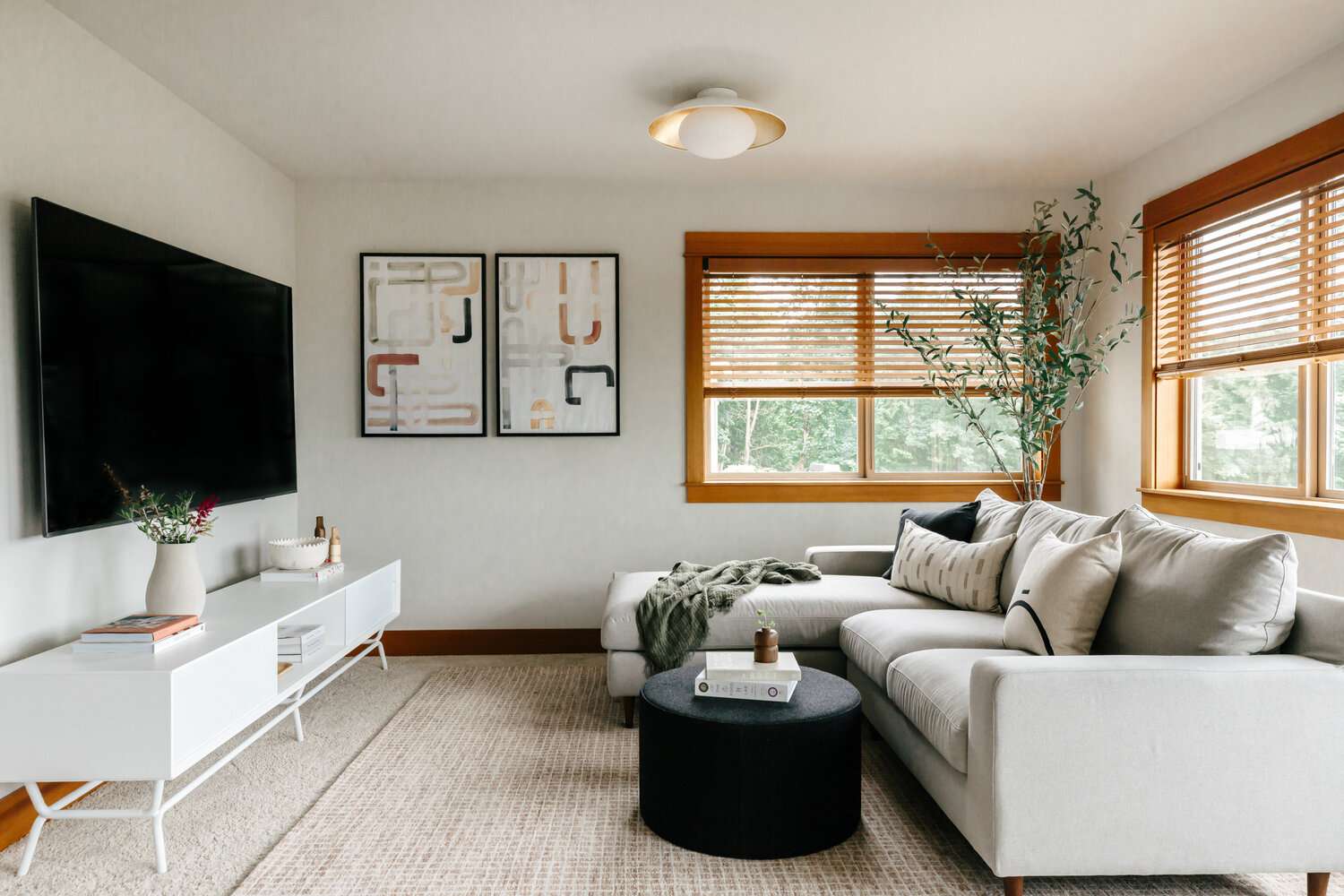

Articles
What Is The Difference Between A Den And A Living Room
Modified: January 6, 2024
Uncover the distinctions and characteristics between a den and a living room in our informative articles. Enhance your understanding of home interiors and design.
(Many of the links in this article redirect to a specific reviewed product. Your purchase of these products through affiliate links helps to generate commission for Storables.com, at no extra cost. Learn more)
Introduction
When it comes to the different rooms in a house, two common spaces that often get confused are the den and the living room. Both of these rooms serve as gathering areas for family and guests, but they have distinct characteristics and purposes. Understanding the difference between a den and a living room can help you make better use of the space in your home.
In this article, we will explore the definitions, purposes, sizes, layouts, furnishings, decor, and activities commonly associated with both dens and living rooms. By the end, you will have a clear understanding of the unique qualities each room possesses.
So, let’s dive in and discover the true distinction between a den and a living room.
Key Takeaways:
- Embrace the cozy seclusion of a den for relaxation, entertainment, and personal hobbies, while utilizing a living room as a central hub for socializing, entertaining, and showcasing personal style.
- Dens offer a retreat-like space for intimate activities, while living rooms provide a versatile environment for social interaction, entertainment, and relaxation, catering to the diverse needs of a household.
Definition of a Den
A den is a more casual and intimate space within a home. It is typically a smaller room that offers a cozy and relaxed atmosphere. Dens are often used as a retreat or retreatment area where individuals or small groups can gather for leisure activities or to unwind.
Unlike the living room, the den is not usually located in the main area of the house and is often found in a quieter part of the home, such as the basement or a back corner. The seclusion of the den allows for a sense of privacy and solitude.
Den areas are versatile and can be customized to fit the specific needs and preferences of the homeowner. Some common features of a den include comfortable seating options like plush sofas, recliners, or bean bags. Additionally, den spaces may have entertainment centers, bookshelves, and sometimes even a small office area.
In summary, a den is a cozy and secluded space within a home designed for relaxation, entertainment, and personal enjoyment. It is a more private area where individuals or small groups can escape from the busyness of everyday life and engage in leisure activities.
Definition of a Living Room
The living room is often considered the heart of a home and serves as a central gathering space for family members and guests. It is a larger, more formal area intended for socializing, entertaining, and hosting a variety of activities.
Unlike the den, the living room is typically located near the main entrance of the house and is easily accessible from other rooms. It is designed to be open and inviting, often featuring large windows that let in natural light and provide a view of the surrounding environment.
The living room is a versatile space that can accommodate various furniture arrangements and is usually furnished with a combination of seating options such as sofas, armchairs, and coffee tables. It may also include additional features like a fireplace, television, or multimedia entertainment center.
In terms of decor, living rooms often showcase a more formal and elegant style. Common elements include decorative lighting fixtures, artwork, rugs, and accent pieces that add sophistication and character to the space.
One key aspect of the living room is its functionality as a place for social interaction and entertainment. It is where family members and guests can gather to watch movies, engage in conversations, play games, or simply relax together. The living room is also a common area for hosting parties or special occasions.
In summary, the living room is a larger, more formal space designed for socializing, entertaining, and accommodating various activities. It is often located near the entrance of the house and serves as a central hub for family members and guests to come together and enjoy each other’s company.
Purpose of a Den
The purpose of a den is to provide a cozy and intimate space where individuals or small groups can retreat and relax. It is a room specifically designed for leisure activities and personal enjoyment.
One of the primary purposes of a den is to offer a place for relaxation. It serves as a sanctuary where individuals can unwind, read a book, listen to music, or simply enjoy some quiet time away from the distractions of the outside world. The den’s cozy and secluded atmosphere creates an environment conducive to relaxation and rejuvenation.
A den also serves as a space for entertainment. Many dens are equipped with televisions, gaming consoles, or sound systems, making them ideal for watching movies, playing video games, or enjoying music. The smaller size of a den creates a more immersive and intimate experience for these activities.
In addition to relaxation and entertainment, a den can also serve as a multipurpose room. It can be used as a home office, a study area, or even a hobby room. The den’s privacy and seclusion make it an ideal space for concentrating on work or engaging in creative pursuits without interruptions.
Furthermore, a den often serves as a secondary gathering space within a home. It provides an intimate setting for close friends or family members to come together and engage in meaningful conversations or shared activities. Whether it’s playing board games, having a movie night, or engaging in heartfelt conversations, the den fosters a sense of connection and comfort.
Overall, the purpose of a den is to offer a retreat-like space dedicated to relaxation, entertainment, personal hobbies, and fostering meaningful connections with loved ones. It serves as a sanctuary within the home where individuals can escape the busyness of everyday life and indulge in leisure activities that bring them joy.
Purpose of a Living Room
The purpose of a living room is to serve as a central gathering space within a home, where family members and guests can come together to socialize, entertain, and engage in various activities.
One of the primary purposes of a living room is to provide a welcoming and comfortable environment for social interaction. It is a space where family members can spend quality time together, engage in conversations, and create lasting memories. The living room acts as a hub for socializing and strengthening relationships within the household.
Another important purpose of a living room is to accommodate entertainment activities. It is where family members and friends can gather to watch television shows, movies, or sporting events. The living room often features a central entertainment center, such as a television or media console, creating a focal point for shared entertainment experiences.
In addition to socializing and entertainment, the living room serves as a space for relaxation and leisure. It is a place where individuals can curl up on a comfortable sofa or armchair, read a book, listen to music, or simply unwind after a long day. The cozy ambiance of the living room provides a calming and rejuvenating atmosphere.
The living room also functions as a venue for hosting guests and special occasions. Whether it’s a dinner party, game night, or holiday gathering, the living room provides ample space to accommodate larger groups and facilitate enjoyable social gatherings. It is designed to be visually appealing and well-appointed, creating a welcoming atmosphere for guests.
Lastly, the living room serves as a showcase for personal style and taste. It is a space where homeowners can express their creativity through decor and furnishings. From selecting furniture pieces to choosing color schemes and accessories, the living room allows for personalization and reflects the homeowner’s unique aesthetic.
In summary, the purpose of a living room is to act as a central gathering space within a home, where individuals and guests can socialize, entertain, relax, and showcase personal style. It serves as the heart of the house, fostering connections, creating joyous memories, and enhancing the overall living experience.
Size and Layout of a Den
The size of a den can vary depending on the overall layout and square footage of a home. Generally, dens are smaller and more intimate compared to other rooms in the house. They are designed to create a cozy and secluded atmosphere.
In terms of layout, dens are often located in quieter areas of the home, such as the basement, an unused corner, or a separate room on the main floor. This placement helps to separate the den from the main living areas and provides a sense of privacy.
Due to the smaller size, the layout of a den is carefully planned to optimize the available space. The furniture arrangement is typically more compact and focuses on providing comfortable seating options. Sofas, recliners, and bean bags are common choices for a den, allowing individuals or small groups to relax and unwind.
In addition to seating, a den may include other features depending on the homeowner’s preferences. For example, a desk or a small workspace may be incorporated for those who use the den as a home office or study area. Bookshelves and storage units may also be included to hold books, board games, or personal belongings.
The layout of the den should be designed in a way that promotes a cozy and welcoming feel. Consideration should be given to the placement of lighting fixtures to create an ambiance that is both inviting and functional. Additionally, the selection of decor, such as curtains, rugs, and wall art, can further enhance the cozy atmosphere of the den.
In summary, the size of a den is typically smaller compared to other rooms in the house, and its layout is designed to create a cozy and secluded space. The furniture arrangement and inclusion of additional features are tailored to optimize the available space and fulfill the specific needs of the homeowner.
The main difference between a den and a living room is the intended use. A den is typically a more casual, relaxed space often used for recreation or entertainment, while a living room is usually a more formal space for socializing and entertaining guests.
Size and Layout of a Living Room
The size and layout of a living room can vary significantly depending on the overall square footage and design of a home. Generally, living rooms are larger compared to dens as they serve as a central gathering space within the house.
The size of a living room can range from spacious and expansive to more modest, depending on the size of the home. Typically, living rooms are designed to accommodate larger furniture groupings and provide ample space for socializing, entertaining, and various activities.
In terms of layout, living rooms are often situated near the main entrance of the house, making them easily accessible and visible. They are usually located on the main floor and may have views of the surrounding environment through large windows.
The layout of a living room considers factors such as optimal flow, functionality, and aesthetic appeal. The furniture arrangement is key to creating a welcoming and comfortable space. Common furniture pieces found in a living room include sofas, armchairs, coffee tables, and entertainment centers.
The arrangement of furniture in a living room is typically focused on facilitating conversations and creating a central gathering area. For example, sofas and armchairs may be arranged around a focal point such as a fireplace, television, or coffee table. The goal is to create a balance between open space and designated seating areas.
In addition to furniture, the layout of a living room may also incorporate other elements such as shelving units, storage cabinets, and decorative pieces. These elements enhance the functionality and aesthetic appeal of the room while allowing homeowners to showcase their personal style and interests.
The size and layout of a living room should be carefully planned to ensure a harmonious flow and maximize the available space. Attention should be given to creating zones within the room for different activities, such as a conversation area, an entertainment area, and possibly a reading nook or workspace.
In summary, living rooms are generally larger compared to dens and serve as central gathering spaces within a home. The size and layout of a living room are designed to accommodate various furniture arrangements and create a welcoming and functional space for socializing, entertaining, and relaxation.
Furnishing and Decor in a Den
The furnishings and decor in a den are chosen to create a cozy, comfortable, and personalized environment. The goal is to make the den feel like a retreat where individuals can relax and engage in leisure activities. Here are some common elements of furnishing and decor in a den:
- Seating: The seating in a den is typically plush and comfortable. Sofas, recliners, and oversized chairs are popular choices. Bean bags or floor cushions may also be included for additional seating options.
- Tables: Coffee tables and side tables are commonly included in a den for holding drinks, snacks, or personal items. These tables can be functional and decorative at the same time, with surfaces that can showcase decorative items or books.
- Entertainment Systems: Many dens feature entertainment systems such as televisions, sound systems, or gaming consoles. These elements provide entertainment options and contribute to the overall relaxation and leisure experience in the den.
- Bookshelves and Storage: Dens often include bookshelves or storage units to hold books, magazines, board games, and other recreational items. These shelves not only serve a functional purpose but also add a touch of personality and character to the space.
- Lighting: Adequate and adjustable lighting is essential in a den. Table lamps, floor lamps, or even string lights can create a cozy and inviting atmosphere. Dimmers or smart lighting options can be added to control the intensity and ambiance of the lighting.
- Textiles and Fabrics: Soft textiles and fabrics play a significant role in the den. Cozy throw blankets, plush rugs, and comfortable cushions can enhance the comfort and warmth of the space. Curtains or window treatments can also be added for privacy and light control.
- Personal Touches: Lastly, personal touches in the form of artwork, photographs, or mementos add a sense of individuality and warmth to the den. These decorative elements reflect the homeowner’s interests and create a space that feels truly personal.
The overall furnishing and decor in a den should prioritize comfort, relaxation, and personalization. It should provide a space where individuals can unwind, engage in hobbies, and escape the stress of the outside world.
Furnishing and Decor in a Living Room
The furnishings and decor in a living room are chosen to create a welcoming and aesthetically appealing space for socialization, relaxation, and entertainment. Here are some common elements of furnishing and decor in a living room:
- Sofas and Chairs: Comfortable seating options such as sofas and armchairs are essential in a living room. These provide ample seating for family members and guests and are often arranged to encourage conversation and interaction.
- Coffee Tables and Side Tables: Coffee tables serve as central focal points and provide a surface for drinks, snacks, and decorative items. Side tables offer additional surfaces for lamps or personal belongings.
- Entertainment Centers: Many living rooms feature entertainment centers or media consoles to hold televisions, audio systems, and other media equipment. These elements allow for shared entertainment experiences with family and friends.
- Shelving and Storage: Shelving units or storage cabinets not only provide functional storage for books, DVDs, or games but also serve as display areas for decorative items, plants, or personal collections.
- Lamps and Lighting: Proper lighting is crucial in a living room. Floor lamps, table lamps, and overhead fixtures create a warm and inviting ambiance, while accent lighting can highlight artwork or specific areas of interest.
- Rugs and Carpets: Rugs add texture and warmth to a living room, defining different seating areas and providing a cozy feel. They also help to tie the overall decor together and can be used to make a style statement.
- Window Treatments: Window treatments such as curtains or blinds not only provide privacy and light control but also contribute to the overall aesthetic of the living room. They can be used to add color, pattern, or texture to the space.
- Decorative Accents: Decorative accents like artwork, sculptures, vases, or candles can add personality and style to a living room. They create focal points, add visual interest, and reflect the homeowner’s taste and interests.
The selection of furnishings and decor in a living room should balance functionality with aesthetic appeal. It should create a comfortable and inviting atmosphere for socializing, relaxation, and entertainment while also showcasing the homeowner’s personal style and taste.
Activities commonly done in a Den
A den is a space within a home that is specifically designed for relaxation, leisure, and personal enjoyment. Here are some common activities that are often done in a den:
- Reading: Dens are popular spaces for reading. The cozy and secluded atmosphere makes it an ideal spot to curl up with a good book. Many people create reading nooks in their dens, complete with comfortable seating, bookshelves, and soft lighting.
- Watching Movies or TV: Dens are often equipped with televisions or entertainment systems, making them an ideal place for enjoying movies, TV shows, or streaming services. The smaller and more intimate setting in a den allows for a more immersive viewing experience.
- Gaming: Gaming enthusiasts may choose to set up a gaming console or desktop computer in their den. This space provides a dedicated area for playing video games, where they can fully immerse themselves in their favorite virtual worlds.
- Listening to Music: Dens can also serve as a space for music lovers to relax and enjoy their favorite tunes. Whether it’s spinning vinyl records or streaming digital music, dens provide a private and acoustically favorable environment for music listening.
- Hobbies and Crafts: Many individuals use their dens as a space to pursue hobbies or engage in creative activities. From painting and crafting to model building or knitting, the den provides a quiet and dedicated area to focus on personal interests.
- Family Time: Dens are often used as a space for family bonding or quality time. Families may gather in the den to play board games, have movie nights, or engage in conversations without the distractions of other areas in the house.
- Work or Study: Some individuals use their den as a home office or study area. The secluded nature of the den allows for focus and concentration, making it an ideal space for productive work or study sessions.
- Meditation or Yoga: Dens can also be transformed into tranquil spaces for meditation or yoga practice. The quiet and peaceful ambiance allows individuals to center themselves and find inner calm.
In summary, a den serves as a versatile space for various leisure activities. It is a sanctuary within the home where individuals can engage in their hobbies, relax with a book or movie, spend quality time with family, or pursue personal interests.
Activities commonly done in a Living Room
A living room serves as a central gathering space within a home, offering versatility for a wide range of activities. Here are some common activities that are often done in a living room:
- Socializing with Family and Friends: Living rooms are ideal spaces for socializing and spending quality time with loved ones. Whether it’s engaging in conversations, sharing stories, or simply enjoying each other’s company, the living room fosters connection and togetherness.
- Entertaining Guests: The living room is often used for hosting guests and entertaining. It is a space where friends and family can gather for parties, celebrations, or small get-togethers. The open layout and comfortable seating options make it conducive to hosting guests.
- Watching TV Shows and Movies: Living rooms are popular spaces for watching television shows, movies, or streaming content. Large screen televisions, comfortable seating arrangements, and media consoles contribute to creating an enjoyable and cinematic viewing experience.
- Playing Games: The living room is a common area for playing board games, video games, or card games. The ample space and central location of the living room make it convenient for gathering family or friends for friendly competition and fun.
- Relaxation and Lounging: Living rooms provide a space for relaxation and unwinding after a long day. It is a place where individuals can kick back on a comfortable sofa or recliner, read a book, or enjoy a cup of coffee while taking a break from the demands of daily life.
- Listening to Music: Many people enjoy using the living room as a space for listening to music. Whether it’s playing vinyl records, streaming music services, or enjoying live performances, the living room can be transformed into a personal concert space.
- Children’s Play Area: Living rooms often become a designated play area for children. It provides a safe and open space where kids can engage in imaginative play, build forts, or play with their toys while still remaining within sight of parents or caregivers.
- Reading and Relaxing: With its comfortable seating arrangements and soft lighting, the living room is an excellent space for reading. Individuals can grab a book or magazine and find a cozy spot to enjoy some quiet reading time.
In summary, a living room serves as a versatile space for a variety of activities. It is a central hub for socializing, entertaining guests, watching movies or TV shows, playing games, relaxation, and hosting family-friendly activities. The living room adapts to the needs and interests of the household, creating a comfortable and inviting space for various everyday activities.
Conclusion
Understanding the difference between a den and a living room is essential for optimizing the use of space within your home. While both rooms serve as gathering areas for family and guests, they have distinct characteristics and purposes.
A den is a smaller and more intimate space, often located in a quieter part of the house. It is designed for relaxation, personal enjoyment, and engaging in leisure activities. Dens provide a cozy and secluded atmosphere where individuals or small groups can retreat and unwind.
On the other hand, a living room is typically larger and serves as a central gathering space within the home. It is designed for socializing, entertaining, and accommodating various activities. Living rooms are often located near the main entrance of the house and create a welcoming environment for family members and guests.
When it comes to furnishing and decor, dens prioritize comfort, offering plush seating options and intimate lighting. Personal touches and customization are common in dens, allowing individuals to create a space that reflects their own interests and style. In contrast, living rooms often feature a balance between functionality and aesthetic appeal. They can be more formal in terms of decor and furniture arrangement, accommodating larger seating arrangements and providing a space for entertainment.
In both dens and living rooms, a variety of activities can be enjoyed. Dens are commonly used for reading, watching movies or TV shows, gaming, pursuing hobbies, and spending quality time with family. Living rooms are versatile spaces for socializing, entertaining guests, enjoying media, playing games, and relaxation.
In conclusion, the distinction between a den and a living room lies in their size, location, purpose, and atmosphere. By understanding the unique qualities of each space, you can effectively utilize them to create functional and inviting areas within your home.
Whether you prefer the cozy seclusion of a den or the open and social nature of a living room, both spaces have their own charm and contribute to the overall livability of your home.
Frequently Asked Questions about What Is The Difference Between A Den And A Living Room
Was this page helpful?
At Storables.com, we guarantee accurate and reliable information. Our content, validated by Expert Board Contributors, is crafted following stringent Editorial Policies. We're committed to providing you with well-researched, expert-backed insights for all your informational needs.




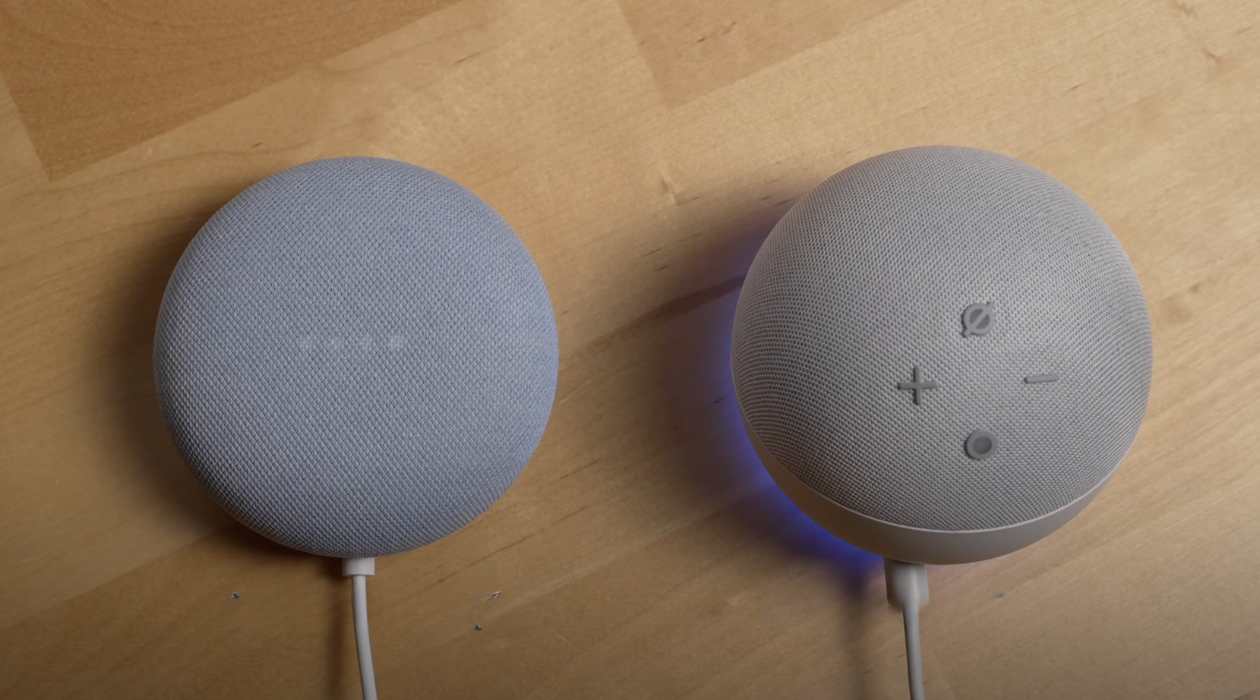

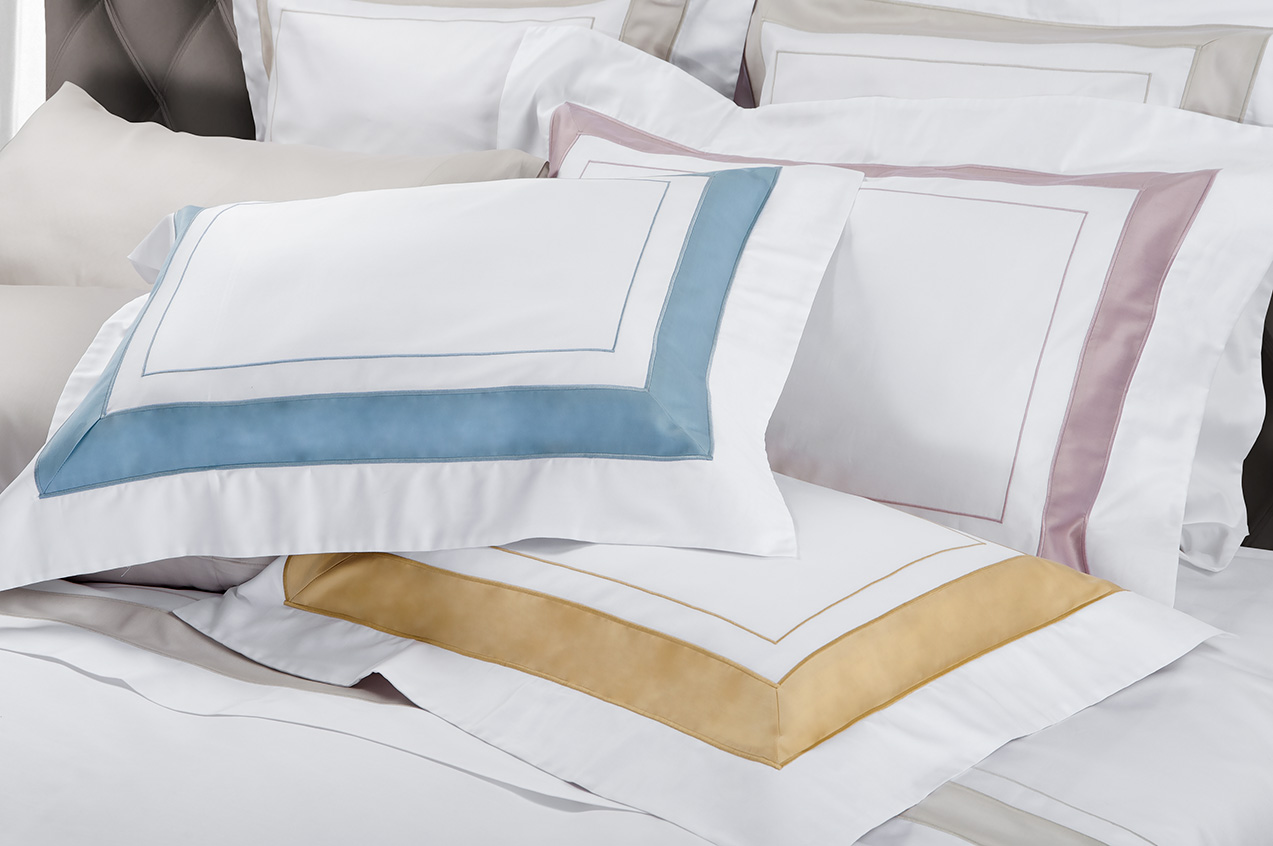

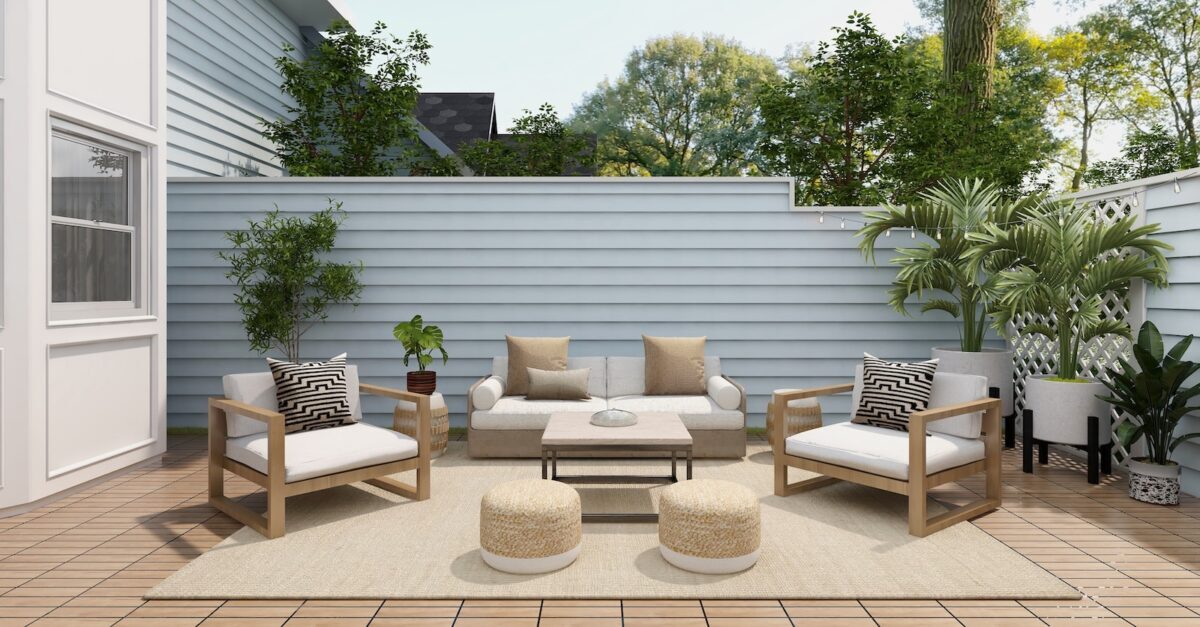
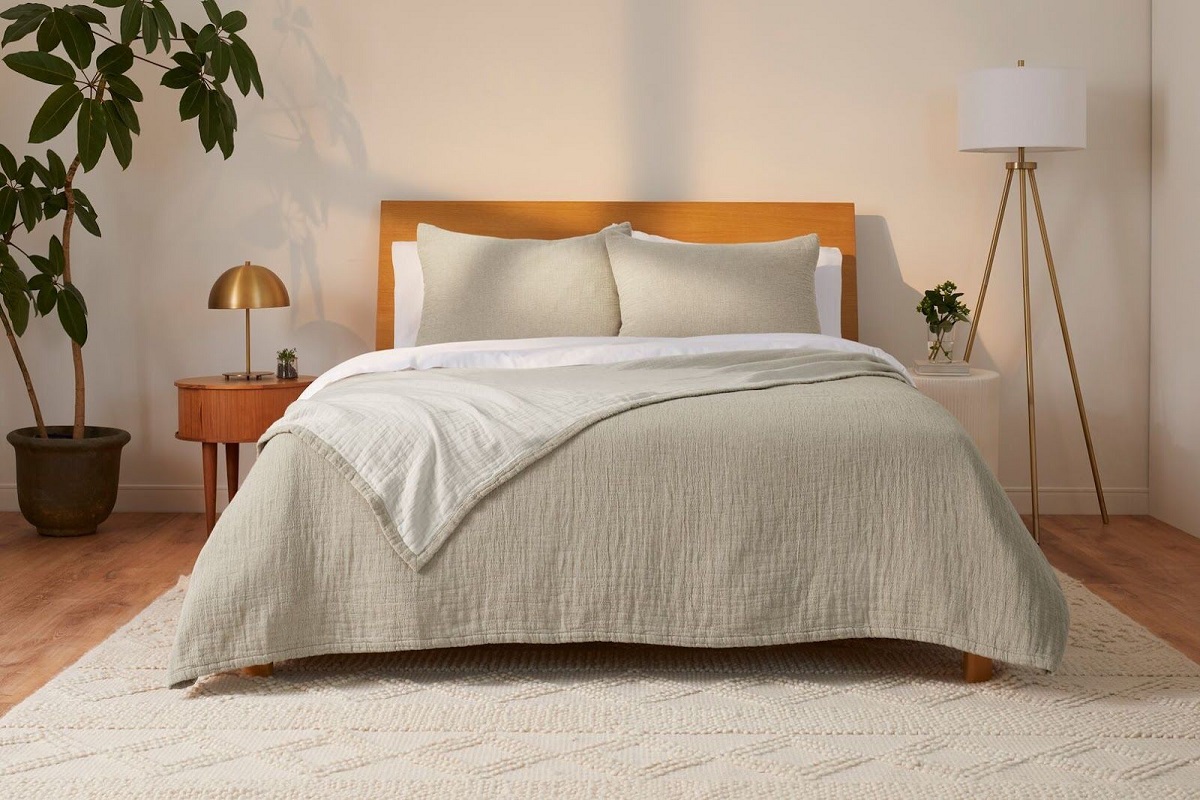


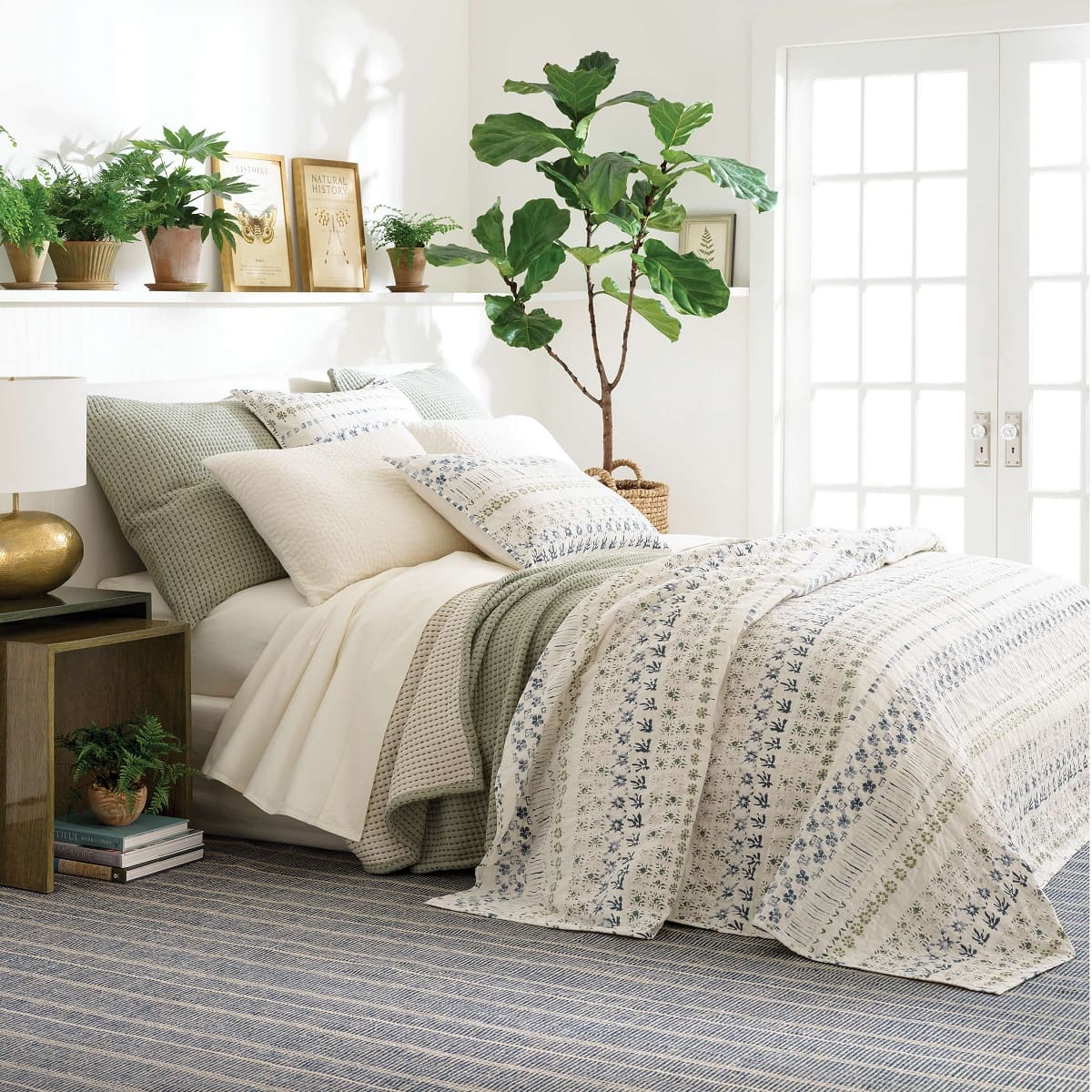

0 thoughts on “What Is The Difference Between A Den And A Living Room”